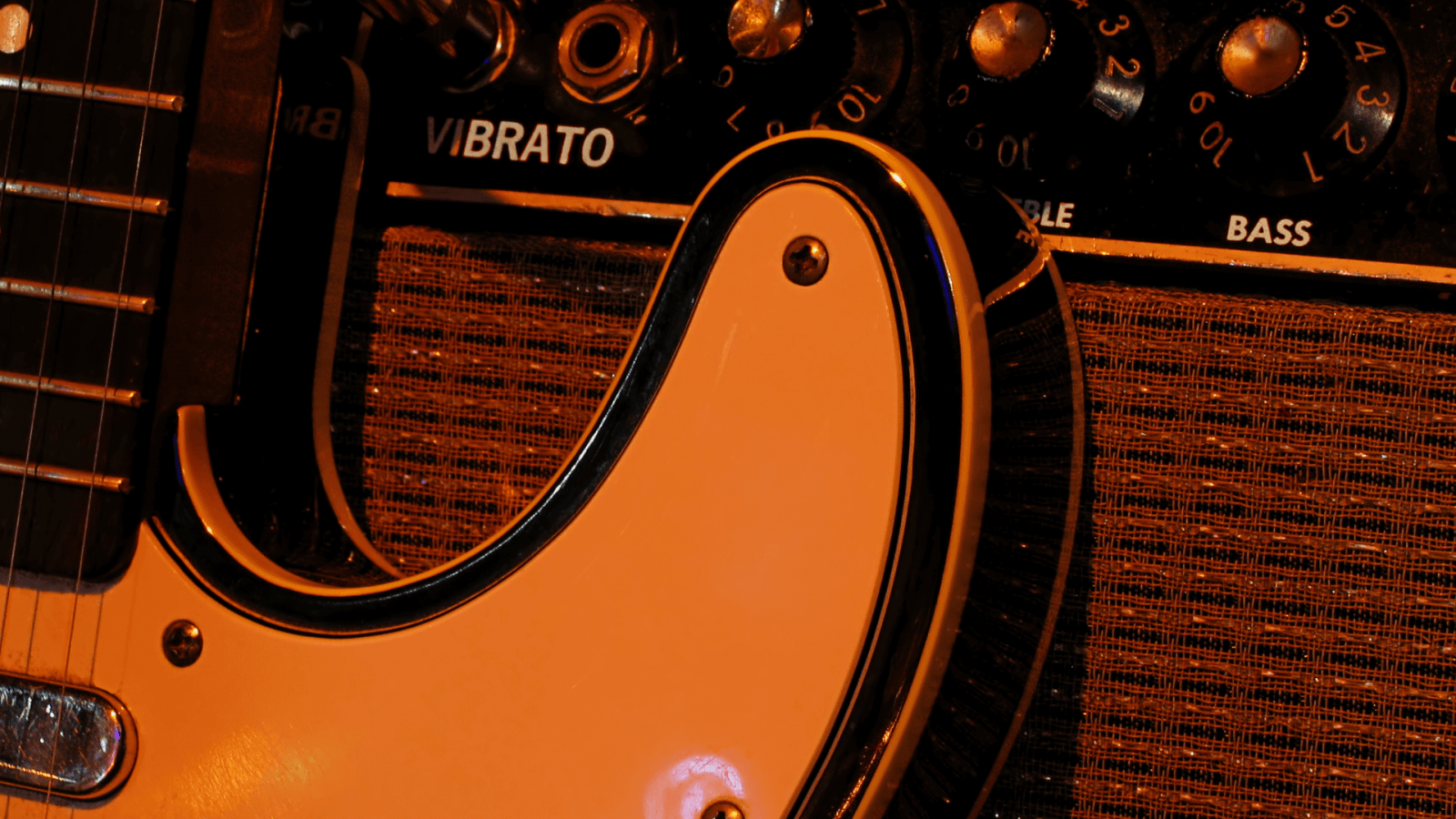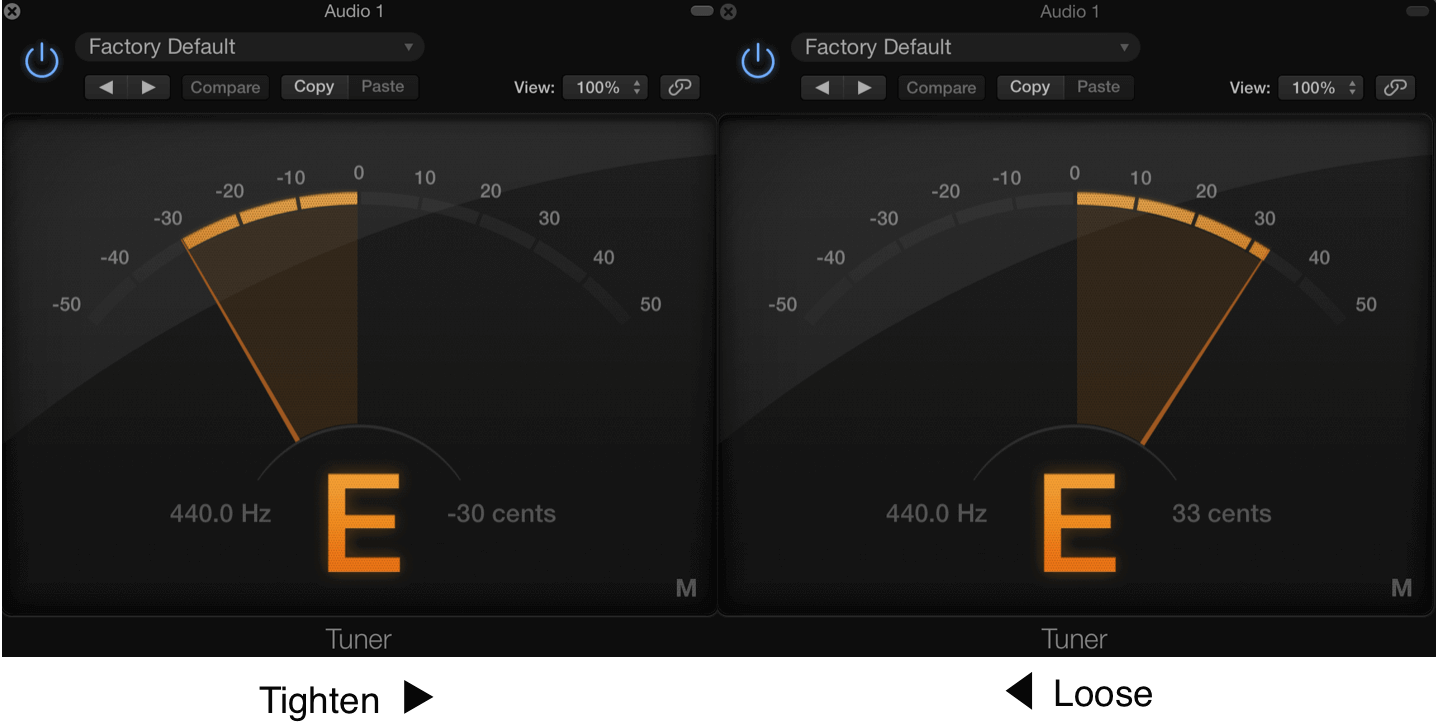Mastering Guitar Notes for Strings: A Comprehensive Guide
Welcome to the world of guitar playing! In this guide, we’ll explore the essential guitar notes for strings, a foundational skill for any aspiring guitarist.
The Guitar Strings and Their Notes
Understanding the standard tuning of E, A, D, G, B, E is crucial. Each string has a unique role in guitar music, from the deep, resonant tones of the low E string to the bright, sharp sounds of the high E string.
Diving into Each String
Remembering string names can be easier with mnemonics like “Every Amateur Does Get Better Eventually.” Regular practice is key to mastering these notes.
E Strings (1st and 6th):
The E string on a guitar refers to two different strings tuned to the same note, an octave apart. The 1st string, known as the high E, is the thinnest and produces the highest pitch on the guitar, often used for playing melodies and solos. The 6th string, or low E, is the thickest and produces the lowest pitch, providing the bass end of the guitar’s range, crucial for bass lines and rhythm.
A String (5th):
D String (4th):
G String (3rd):
B String (2nd):
The B string, or the 2nd string, provides additional depth to guitar melodies and is crucial for chord formations. It sits just below the high E string and is often used in conjunction with the high E to create rich, harmonious sounds.
Memorization and Practice Tips
Understanding and mastering the notes for each string can open a realm of musical opportunities. Whether you’re playing chords, melodies, or improvising, these fundamentals are invaluable.
Mnemonic Devices
Remembering the order of strings can be made easier with memorable phrases. “Every Amateur Does Get Better Eventually” represents the standard tuning notes E, A, D, G, B, E. Such mnemonics are not just fun but also an effective tool to quickly recall string names, especially helpful during tuning and learning new chords.
Practice Techniques
Regular practice is essential for solidifying your understanding of each string’s notes. Start by playing simple scales on each string, gradually increasing complexity as you become more comfortable. This practice helps in developing muscle memory and aural skills. It also aids in recognizing note intervals and understanding fretboard layout. Dedicate time to practice daily, even if it’s just a few minutes, focusing on clean note articulation and consistent rhythm.
Enhancing Your Skills
To further enhance your guitar playing skills, practicing scales is crucial. Scales form the foundation of melodies and solos. Regular tuning exercises are also important. They not only ensure your guitar sounds harmonious but also train your ear to recognize correct pitches. For those looking to elevate their skills, exploring advanced guitar techniques is a great step. Developing guitar skills article on offers insights into more complex playing styles and methods, perfect for those ready to take their guitar playing to the next level.
Conclusion
Mastering the notes for each guitar string is more than just a technical skill; it’s a gateway to a deeper understanding and appreciation of music. As you continue on your musical journey, remember that every practice session brings you closer to fluency. Embrace the challenges and celebrate your progress, no matter how small. We encourage you to regularly revisit the basics, experiment with new techniques, and explore the rich world of guitar music.
Keep practicing, stay curious, and don’t hesitate to delve into additional resources like our guide to guitar tuning. Your dedication to learning guitar notes for strings will not only enhance your playing skills but also enrich your overall musical experience. For a diverse selection of guitars and gear to complement your journey, consider visiting Guitar Center web page. Remember, the path to mastery is a continuous journey, and every guitarist, no matter how experienced, always has something new to learn and explore.












